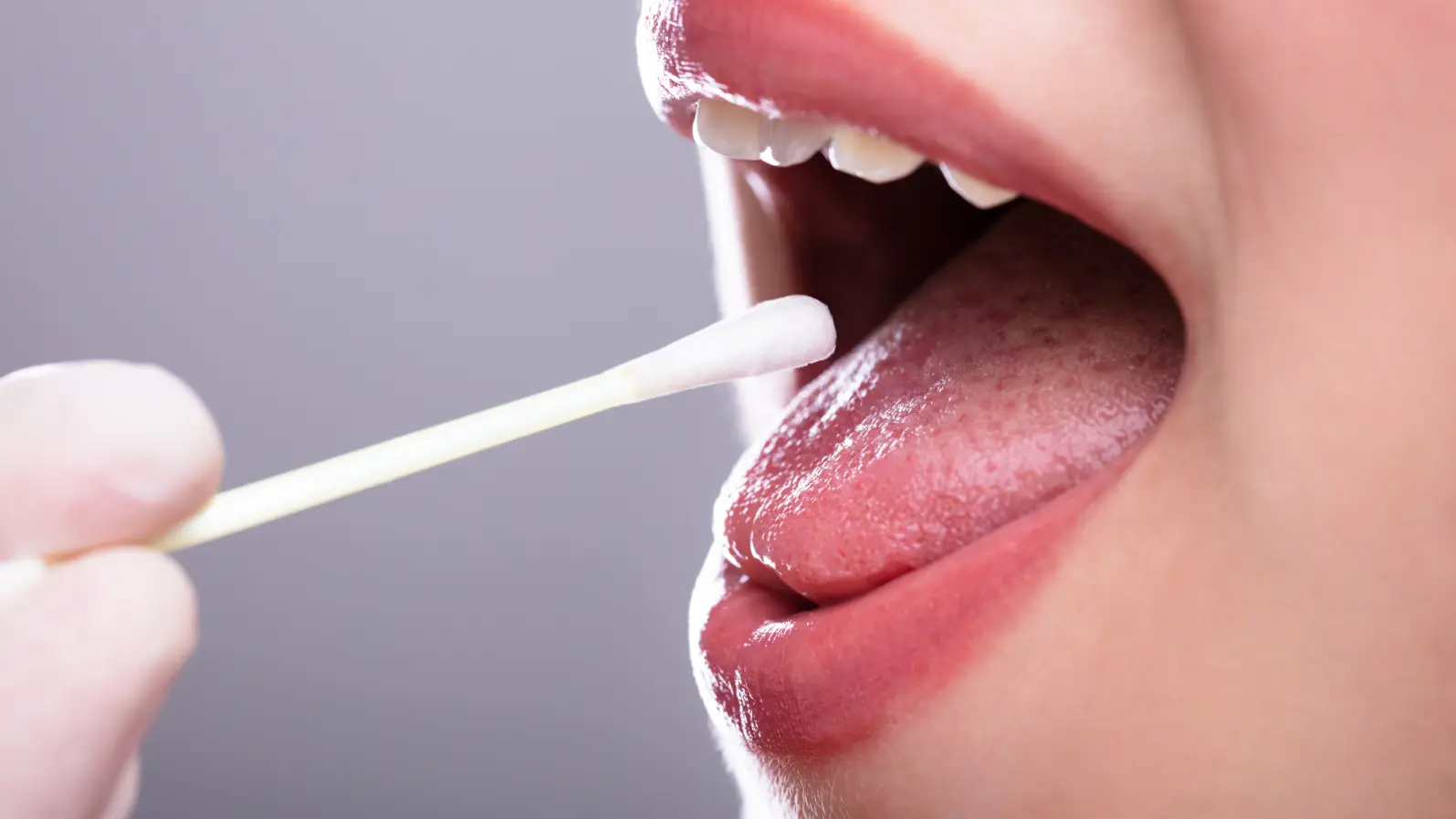
Building a Biobank for Salivary Gland Regeneration
How scientists are creating a new path to treat dry mouth and salivary disorders
Why Saliva Matters
Saliva is often overlooked, yet it plays a critical role in oral and overall health. It helps us chew, swallow, taste, digest, and even protect against infections. When the salivary glands stop working properly—a condition known as salivary dysfunction—patients can suffer from persistent dry mouth (xerostomia), tooth decay, gum disease, difficulty eating, and a poorer quality of life.
Such problems often arise after cancer treatments, autoimmune disorders like Sjögren’s syndrome, or as part of aging. Unfortunately, there is still no cure—only temporary relief such as artificial saliva or medications to stimulate saliva flow.
A New Approach: Regeneration Instead of Replacement
In recent years, scientists have explored using stem cells and tissue engineering to repair damaged salivary glands. The idea is to regenerate tissue rather than simply replacing function with artificial substitutes. However, one major roadblock has been the lack of high-quality, clinically annotated human salivary gland samples to study.
To fill this gap, researchers at the Mayo Clinic have established the first salivary tissue-organoid biobank—a living collection of salivary gland samples from both surgical patients and donors. This biobank provides researchers worldwide with access to diverse, well-characterized specimens to advance regenerative medicine.
What the Researchers Did
Created the biobank: Over 300 salivary gland samples from 208 donors were collected, preserved, and cataloged with detailed medical information.
Grew organoids: Using specialized lab techniques, they turned gland tissue into organoids—mini 3D structures that mimic real gland cells.
Identified stem/progenitor cells: They pinpointed key cell types (CD24/EpCAM/CD49f+ cells) that show strong regenerative potential.
Discovered a new marker: The protein PSMA/FOLH1, already known in prostate cancer research, was found to signal when salivary cells are differentiating.
Mapped proteins at single-cell level: Using cutting-edge mass spectrometry, they profiled more than 2,400 proteins from individual cells, revealing how salivary stem cells grow, differentiate, and respond to stress.
Why It Matters
This pioneering biobank is more than just a collection of samples. It provides a foundation for:
Understanding how salivary glands regenerate
Developing cell-based therapies for patients with radiation-induced dry mouth, autoimmune diseases, or age-related gland failure
Identifying drug targets and biomarkers to monitor gland health and repair
Supporting future clinical trials in regenerative dentistry and oral health
The Road Ahead
Although challenges remain—such as scaling up stem cell therapies and ensuring safety in humans—this research marks an essential step toward restoring natural saliva production. For patients struggling with dry mouth, the possibility of regenerating their own glands rather than relying on artificial substitutes could be life-changing.
Reference:
Aalam, S. M. M., Varela, A. R., Khaderi, A., Mondesir, R. J., Mun, D-G., Ding, A., Lombaert, I. M. A., Coppes, R. P., Emperumal, C. P., Pandey, A., Janus, J. R., & Kannan, N. (2025). Establishment of salivary tissue-organoid biorepository: characterizing salivary gland stem/progenitor cells and novel differentiation marker PSMA/FOLH1. npj Regenerative Medicine, 10, 23. https://doi.org/10.1038/s41536-025-00410-5